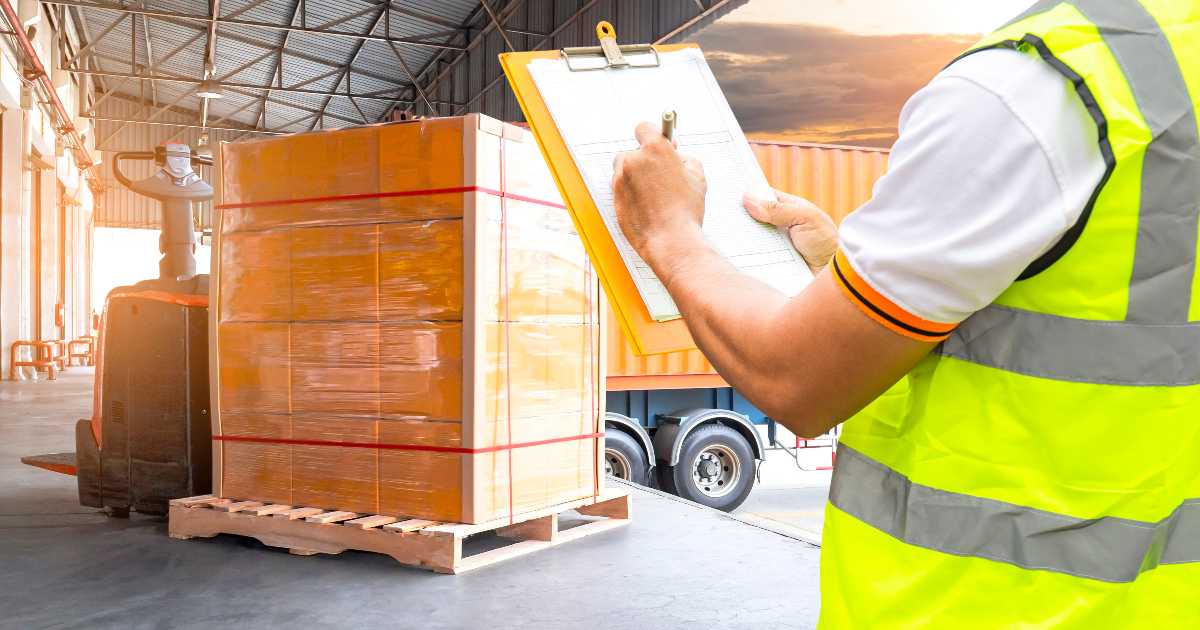Our clients often ask for alternatives. And we encourage that. What makes sense for one company may not make sense for another. So, I wrote this mini-guide to the 4 main alternative ways to ship products from China by sea in order, from more to less common.
Note, I only discuss sea freight here for simplicity. There are, of course, differences with air freight.
1. Buy FOB from your supplier and handle freight & import
This is what most importers do. It is what people usually consider the standard way of getting products out of China — in the same way that the 30%-70% T/T payment terms are considered pretty standard.
Here is how it works:
- The supplier has to process the export out of China. The buyer doesn’t have to deal with that hassle, and the supplier is nearly assured they can get the VAT rebate if they present the right paperwork.
- The buyer is in control of international freight and then local transportation after the ship’s arrival. That’s usually a good thing (but maybe not always a great thing when the cost of moving containers is multiplied by 4 or more).
- The buyer usually sends the final payment to the supplier after a passed final inspection (before shipment), or if possible after shipment (in which case the supplier only releases the set of documents after they got the payment, so it is relatively balanced).
Now, it doesn’t mean it is necessarily the best approach for your company. Let’s look at 3 other ways to ship products from china.
2. Buy DDP or DDU from your supplier
Your supplier may be able to do more than FOB. They might be able to work with a freight forwarder (sometimes called a “3PL”, or third-party logistics provider) and sell the products to you ‘door to door’ under Delivered Duty Unpaid or, often more convenient, Delivered Duty Paid.
The timing of the final payment for the goods is often unchanged (after a final inspection, or after shipment). It is more convenient for the buyer.
However, the buyer loses visibility and control. This is something I’d advise only with a mature & reliable supplier.
As a side note, I usually don’t advise buying products under CIF terms. I heard of a number of cases where the price looked good until the buyer found the so-called ‘buyer-side charges’ were excessively high. Do not fall into this trap.
3. Have a third party do consolidation + preparation in their facility and then shipment
In some cases, the buyer doesn’t want to ship the goods directly out of their suppliers’ factories. Especially if the goods will be delivered straight to their customer or distributor.
A relatively common service (named ‘Amazon prep service‘) has developed in recent years. But many non-Amazon sellers also find value in having a third party receive, check, re-pack, consolidate, and ship their goods.
It is usually done as a service. The third-party gets paid for value-added services.
In some cases, they buy & resell the goods (in that case, I call that value-added procurement).
The problem with most freight forwarders is, the workers in their warehouses are used to moving cartons, not paying attention to quality. So, you might have to look for a new service provider here.
4. Have a third party kit products from different suppliers
There is a special case that calls for a special solution. If you need the products/parts to come from different factories and be packed together, you need to adjust your supply chain accordingly.
You can have your supplier A get the goods from your suppliers B and C. But, in many cases, that’s not desirable. You might not want your suppliers to get to know each other. Supplier A might not do a great job at repacking. Supplier B might blame supplier A for quality issues. And so on.
In those cases, what is the solution? It is usually to have suppliers A, B, and C deliver their products to a third party that will do the kitting & repacking before shipping. They might also do quality inspections, too.
As I wrote in section 3 (above), this can be done as a service or as a buy & resell transaction. There are many individual cases depending on what the supplier can accept, whether the supplier collected VAT, etc.
I also need to mention, there is another special case here: if some of the products/parts come from outside China, doing the kitting & repacking is easier and faster in a Free Trade Zone such as that of Shenzhen. (Note, the same approach is usually needed if you want to have a batch of defective products repaired in China.)
*****
What do you think? Do you use a 5th suggestion for shipping products by sea out of China? Let us know about any other ways to ship products from China by sea that could benefit the community by leaving a comment, please.

